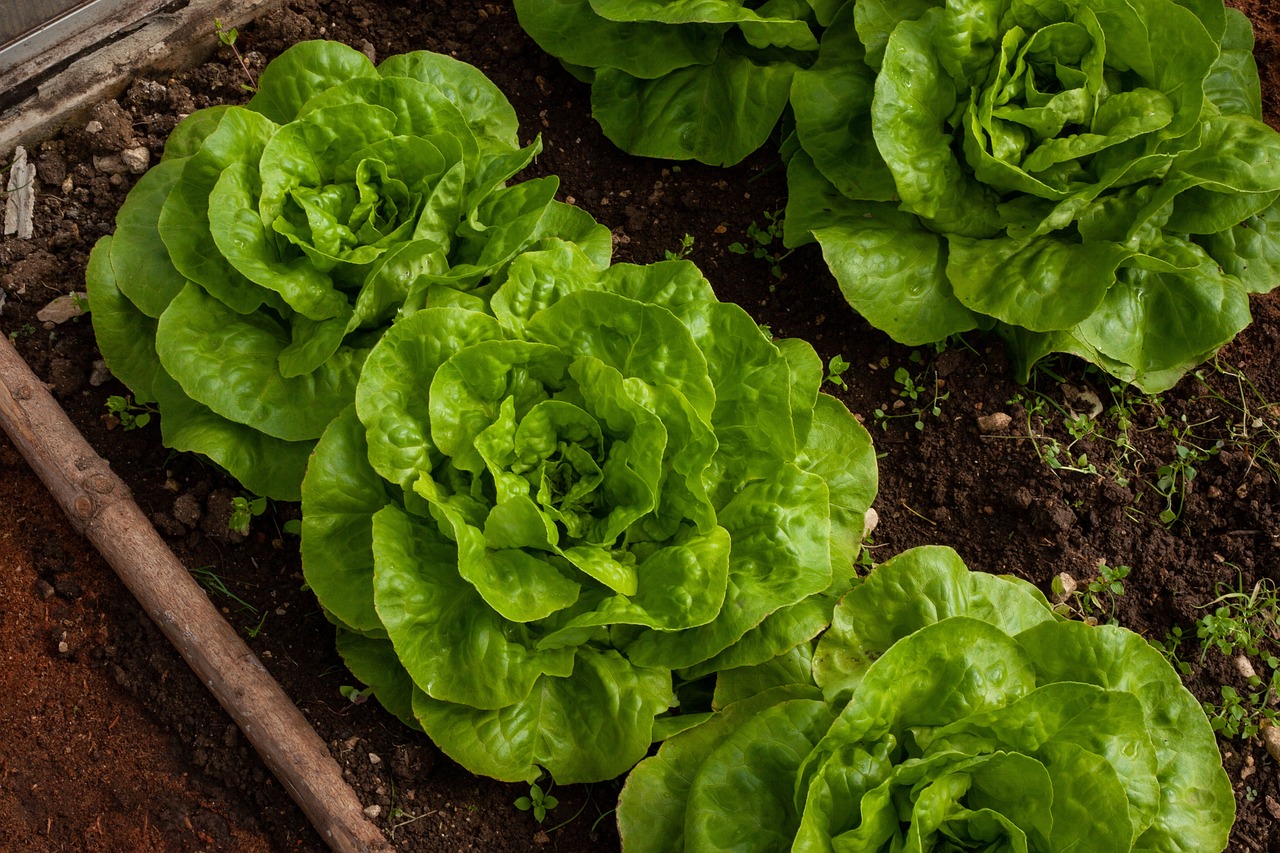
Unlock the secrets of successful vegetable gardening in Missouri with the ultimate tool at your disposal—the Missouri Vegetable Planting Calendar. This invaluable resource will guide you through the year, ensuring that you maximize your harvests and enjoy a bountiful supply of fresh, homegrown produce. With this calendar, you’ll know when to sow your seeds, transplant your seedlings, and reap the rewards of your labor. Get ready to embark on an exciting journey of gardening as we explore the Missouri Vegetable Planting Calendar together.
Table of Contents
Why Follow the Missouri Vegetable Planting Calendar?
Missouri’s unique climate, soil, and weather patterns require specific planting times to ensure the best possible results. The calendar takes these factors into account, providing a tailored approach to vegetable planting that maximizes your garden’s potential.
The Benefits of Following the Missouri Vegetable Planting Calendar
- Reduces the risk of frost damage and other weather-related issues
- Ensures optimal growing conditions for your vegetables
- Maximizes crop yield and quality
- Saves time and resources by planting at the right time
Understanding Missouri’s Growing Zones
Missouri is divided into several growing zones, each with its own unique climate and weather patterns. The Missouri Vegetable Planting Calendar takes these zones into account, providing specific planting dates for each zone.
Missouri’s Growing Zones Explained
- Zone 5: Northwestern Missouri, characterized by cold winters and hot summers
- Zone 6: Central Missouri, with milder winters and hot summers
- Zone 7: Southeastern Missouri, featuring warmer winters and hot summers
The Art of Timing: Understanding Planting Dates
Planting at the right time is crucial for ensuring a bountiful harvest. The Missouri Vegetable Planting Calendar provides specific planting dates for each vegetable, taking into account the unique needs of each plant.
The Importance of Planting Dates
- Ensures optimal growing conditions for your vegetables
- Reduces the risk of frost damage and other weather-related issues
- Maximizes crop yield and quality
- Saves time and resources by planting at the right time
Missouri Vegetable Planting Calendar
| Vegetable | Planting Time |
|---|---|
| Leafy Greens (Swiss chard, lettuce, spinach, parsley, collards, and endive) | Mid-March to early May |
| Broccoli and cauliflower | Mid-March to early April |
| Peas | Mid-March to mid-June and mid-July to mid-October |
| Carrots | April to June and August to mid-October |
| Cabbage | Mid-April to October |
| Onions | April to September |
| Tomatoes | April to September |
| Peppers | April to September |
| Cucumbers | Mid-May to mid-September |
| Squash | Mid-May to September |
| Corn | Mid-May to mid-September |
| Beans | Mid-May to mid-July |
| Pumpkins | Late May to early June |
| Watermelons | Late May to early June |
The Missouri Vegetable Planting Calendar is divided into four main planting seasons: early spring, late spring, summer, and fall. Each season has its own unique planting dates and recommendations.
The Four Main Planting Season
- Early Spring: Plant cool-season vegetables like peas, spinach, and lettuce
- Late Spring: Plant warm-season vegetables like tomatoes, peppers, and eggplant
- Summer: Plant vegetables like beans, cucumbers, and squash
- Fall: Plant cool-season vegetables like broccoli, cauliflower, and kale
Frequently Asked Questions
Can I use the Missouri Vegetable Planting Calendar for any location in Missouri?
Yes, the Missouri Vegetable Planting Calendar is designed to be applicable to the entire state of Missouri. However, it’s always a good idea to consider local variations and microclimates within your specific area.
How do I determine my specific frost dates?
To determine your frost dates, consult the USDA Plant Hardiness Zone Map or reach out to your local agricultural extension office. They will provide you with the average last spring frost date and the first fall frost date for your region.
Can I start planting vegetables before the last spring frost date?
It’s generally recommended to wait until after the last spring frost date to plant tender vegetables outdoors. Planting too early can expose your plants to frost damage, which can be detrimental to their growth.
How often should I water my vegetable garden?
The watering requirements for your vegetable garden will vary depending on factors such as weather conditions and soil type. As a general guideline, aim to provide about 1 inch of water per week, either through rainfall or supplemental irrigation. Monitor the moisture level of the soil and adjust watering accordingly.
